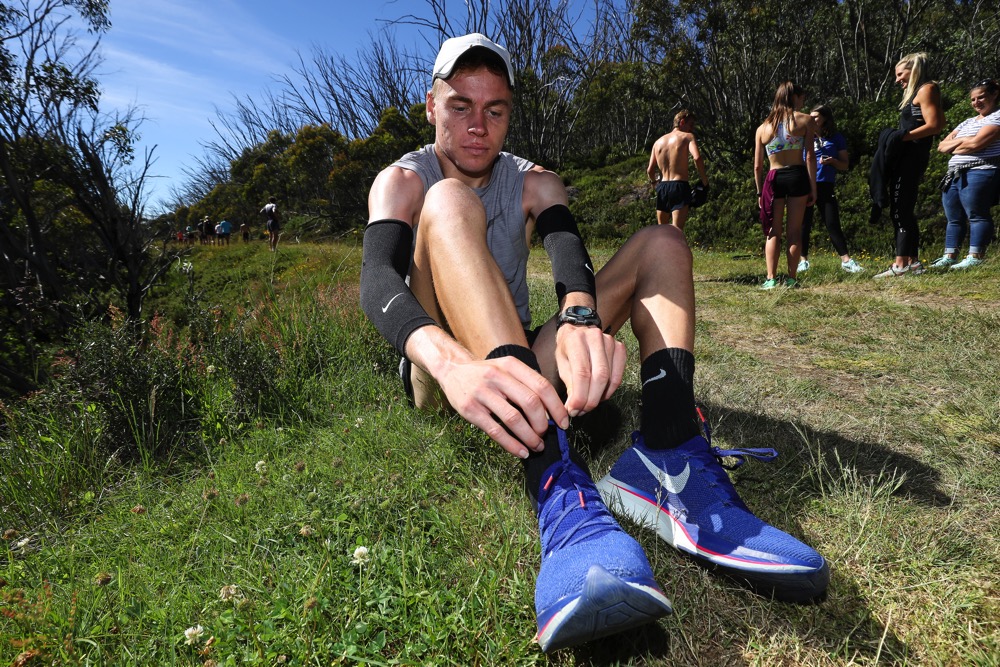Runner’s Tribe – Megan Grant
So you’ve heard that ‘know it all’ runner mention how they rotate their shoes, and like most of us you probably thought he/she was a bit over the top. However, some research and countless anecdotes from very good runners all add up to indicate that perhaps your friend isn’t as nuts as first thought. Below we explain why rotating your shoes might just be the secret to injury free running.
Reduce biomechanical imbalances
It’s pretty much impossible for any runner to find the perfect shoe for their feet and bodies. Therefore, if we get used to running in the one shoe, but this shoe isn’t that ideal perfect shoe, then our bodies will compensate for these imbalances, meaning your form is altered, which leads eventually to injury.
This cool study found that when runners rotate between at least 2 models of shoes they were 39% less likely to get injured.
And a good explanation by Saucony is outlined below:
“Because running is so repetitive, it can occasionally overstress our bodies, especially when we increase training intensity.
Every step loads the same tissues in the same way as the previous step. Running shoes can affect how the stress of running is distributed within the tissues of your body. By wearing different shoes on different days, you may avoid overloading any one muscle, tendon, bone, or ligament while simultaneously strengthening others.
Keep your shoes bouncy
It’s easy to assume that shoes are shoes and it’s as simple as that. But as numerous shoe companies have been saying for decades, shoes need at least 24 hours after a run to fully bounce back to their original shape, structure and density. If you run in the shoes before they have had a chance to bounce back properly they may not absorb the forces as they should, thus predisposing runners to injury.
You hear of many elite runners who only run in a particular pair of shoes every second day. It once again sounds a bit over the top at first, however, these people are not crazy, apparently it’s true
Specific shoes for specific workouts
However much we all love running in our carbon fibre racing shoes, fact is if you run in these every day the chances are you will end up with crippling Achilles or calf problems. Equally so, reaching for a pair of shoes with no outsole grip might not treat you kindly on rough trails. Furthermore, try to do a track session in high mileage Hokas and chances are you won’t be setting any personal bests.
Choosing the shoes you wear wisely for the terrain and goals of that particular run is important to prevent injury and maximise the gains from the run itself.





























